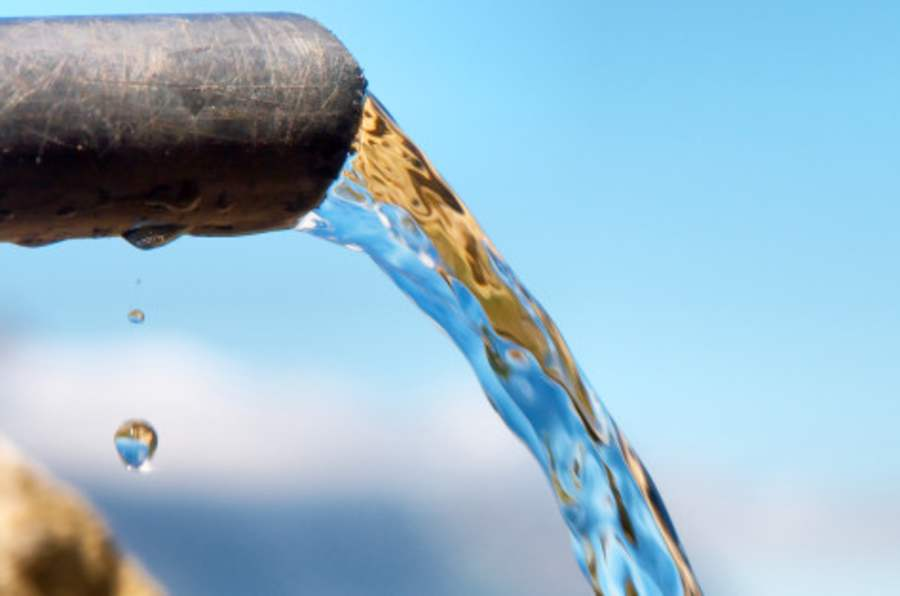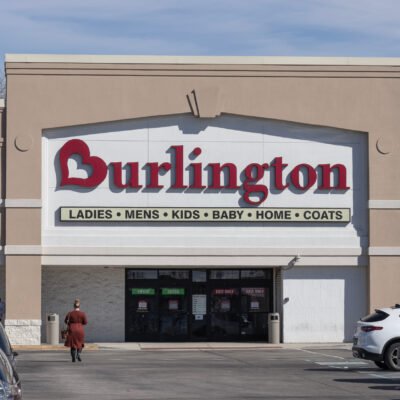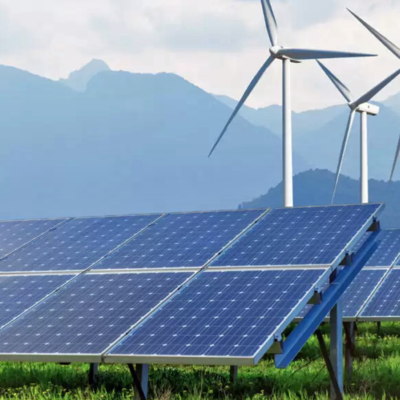Clean water is something many people take for granted. But across the United States, there are communities where clean, safe drinking water is not always available. These places are facing what experts call a clean water crisis. This crisis affects people’s health, safety, and quality of life.
This article looks at which U.S. communities are at risk, what causes these problems, and what is being done to solve them.
What Is the Clean Water Crisis?
The clean water crisis is a situation where people do not have access to safe drinking water. This can be due to pollution, outdated infrastructure, or limited water sources. Contaminants like lead, bacteria, nitrates, and harmful chemicals can make water unsafe to drink or use.
In some cases, the water may look, smell, or taste normal, but it still carries health risks. That’s why regular testing and proper infrastructure are so important.
Which U.S. Communities Are Most at Risk?
Rural Agricultural Areas
Many farming communities, especially in the Midwest and Central Valley of California, are at risk due to pesticides and fertilizers. These chemicals can seep into groundwater and increase nitrate levels, which is dangerous for infants and pregnant women.
Private wells are common in rural areas, but many are not regularly tested or treated. This makes it easier for pollution to go unnoticed.
Low-Income Urban Neighborhoods
In cities with old infrastructure, such as Flint, Michigan, and Newark, New Jersey, people have faced serious water quality problems. Lead pipes and poor maintenance have allowed lead and other contaminants to enter the drinking water.
Residents in these areas may not have the resources to buy bottled water, install filters, or push for system repairs.
Native American Reservations
Many Native American communities, such as those in the Navajo Nation, lack basic water infrastructure. Some homes do not have running water at all. Families may have to travel long distances just to collect water for cooking, cleaning, and drinking.
Years of underinvestment and complicated federal and tribal rules have made it difficult to build and maintain water systems on reservations.
Post-Industrial and High-Risk Environmental Zones
Communities near factories, power plants, or military bases often face water contamination from chemicals like PFAS, also known as “forever chemicals.” These substances do not break down easily and are linked to serious health problems.
These areas are often overlooked, especially when they are home to working-class families or minority communities.

Why These Communities Are Vulnerable
Several reasons make these areas more likely to experience water problems:
- Old or failing infrastructure: Many cities and towns rely on pipes that are over 50 years old.
- Limited funding: Some communities lack the money to repair or replace water systems.
- Poor regulation or enforcement: Contaminants may go undetected due to weak laws or lack of oversight.
- Lack of awareness: Residents may not know their water is unsafe or how to get it tested.
- Environmental risks: Living near farms, factories, or landfills increases exposure to harmful substances.
Health and Social Effects of Unsafe Water
Unsafe water can lead to many health problems, including:
- Developmental issues in children due to lead exposure
- Digestive illnesses caused by bacteria or viruses
- Cancer linked to chemical contaminants
- Reproductive problems and pregnancy complications
In addition to physical health, unsafe water affects mental health, trust in government, and community stability. Families may spend hundreds of dollars each month on bottled water, filters, and medical costs. Schools and businesses may also be affected, causing larger economic harm.
What Is Being Done to Solve the Crisis?
Government Funding and Laws
The federal government has started providing more money to improve water systems through programs like the Bipartisan Infrastructure Law. These funds help cities and rural areas replace lead pipes, upgrade treatment plants, and monitor water quality.
Some states have passed laws to limit dangerous chemicals and protect public health. However, enforcement varies, and progress can be slow.
Community-Led Efforts
In many places, local groups are leading the way. Residents are organizing to demand clean water, sharing information, and providing free testing kits.
Some nonprofit organizations help families install filters or connect them to safe water sources. Others work on long-term solutions like building new wells or treatment centers.
Technology and Innovation
New tools make it easier and cheaper to treat water. Portable filters, smart meters, and mobile testing units can help fill gaps, especially in underserved areas.
Researchers are also finding ways to detect problems earlier and develop eco-friendly solutions for cleaning up contaminated sites.
Case Studies
Flint, Michigan
Flint became a symbol of the clean water crisis after lead was found in the drinking water in 2014. Thousands of residents, including children, were exposed. The crisis led to national outrage and pushed lawmakers to take action.
Since then, Flint has replaced many of its lead pipes, but full recovery takes time. The city’s experience shows how political decisions, poor planning, and lack of oversight can put entire communities at risk.
Navajo Nation
Many families on the Navajo reservation do not have running water. In some cases, water must be trucked in from miles away. Poor funding and remote locations make it hard to build permanent systems.
Efforts are underway to dig wells, use solar-powered pumps, and build basic infrastructure. But progress is still slow, and many homes remain without reliable access.
Central California
Farmworker communities in California’s Central Valley often face high levels of nitrates in their drinking water. These chemicals come from fertilizer runoff and animal waste. Because many people in these areas speak limited English and live in poverty, they often lack access to testing and treatment services.
Local groups are providing education and tools, but more support is needed to ensure long-term safety.
What You Can Do
Even if you don’t live in a high-risk area, you can take steps to support clean water for all:
- Test your water if you use a private well
- Support policies that fund water infrastructure
- Learn about your community’s water quality reports
- Donate to or volunteer with clean water organizations
- Educate others on the importance of safe water access
Looking Ahead
The clean water crisis in the United States is a serious but fixable problem. With the right investment, leadership, and community involvement, every person can have access to safe, clean water.
Many solutions already exist. What’s needed now is the will to act, especially for the communities that have been overlooked for too long.
Clean water should not be a luxury. It is a basic human right that everyone in the U.S. deserves, no matter where they live or how much money they make.
Do Follow USA Glory On Instagram
Read Next – Farmers’ Market on the Terrace Business Bay






